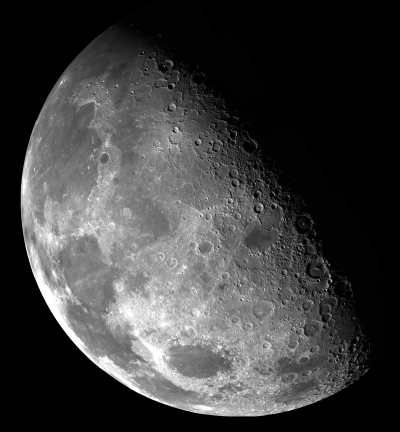
Assuming that the collision happened as we believe, the cloud of debris would have quickly concentrated into a ring over the equator, allowing the Moon to have formed close to Earth in an equatorial orbit. Tidal forces, however, forced it to move outward, rapidly at the beginning and then more slowly at greater distance. That means the Moon has been at such a large distance for so long that the gravitational forces of the Sun and Earth factor into the orbit’s geometry.
The orbit has changed to a plane similar to that of the ecliptic. Technically, the Moon’s orbit is in a sort of gravitational compromise between Earth forces and solar forces, called a “Laplacian plane.” If it were exactly in the ecliptic plane, we’d have eclipses every month. Instead, the Laplacian plane precesses with an 18-year period, which produces more complex eclipse cycles. — William K. Hartmann, Planetary Science Institute, Tucson, Arizona









